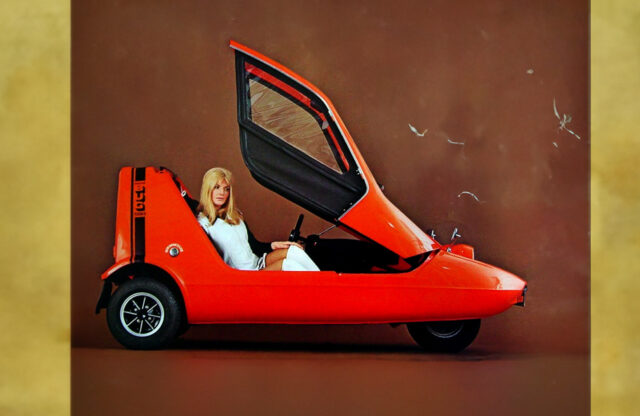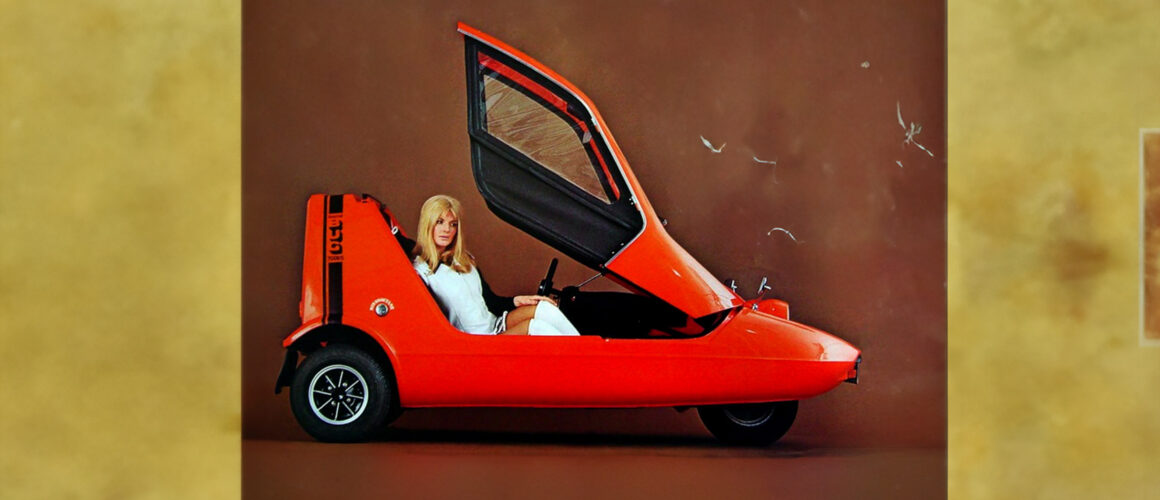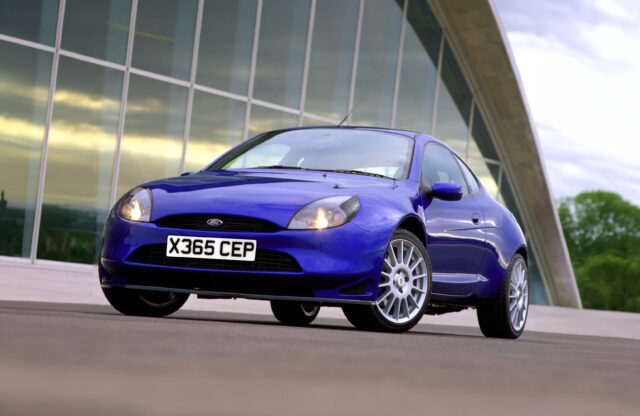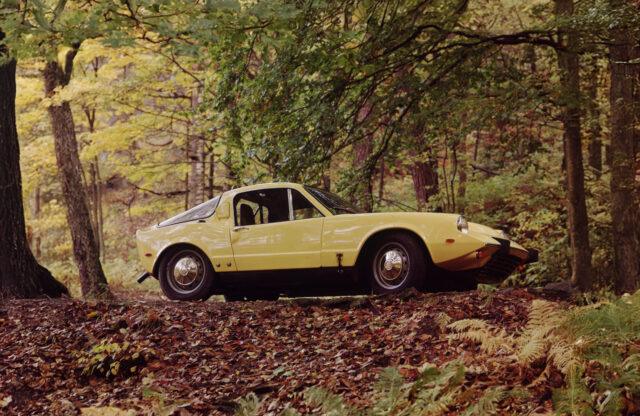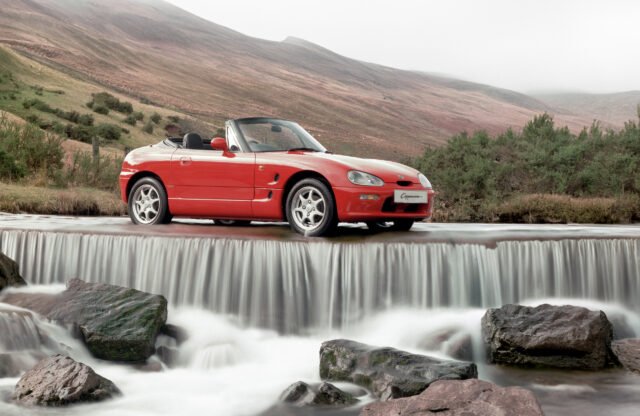For a blast of 1970s nostalgia, short of riding around on a Raleigh Chopper, nothing really comes close to the sight of a bright orange Bond Bug. Which is apposite, as both were penned by late designer Tom Karen. He was working for Ogle during the 1960s, which was consulting for Reliant when it took over its struggling rival, Preston-based Bond, during 1970. Reliant wanted to attract a younger, slightly more hip audience to the world of three-wheelers, and this wedgy, sporty-looking microcar was the answer.
As with previous Reliant and Bond models, the Bug’s body was manufactured from strong and relatively lightweight glassfibre. It did without the complication of doors, having a front-hinged canopy instead, and the compact design even meant that it could be moulded in one piece.
Under the skin it made use of the alloy-block four-cylinder 701cc Regal engine and four-speed manual gearbox, all sitting in a slightly tweaked version of the Reliant’s chassis. The big difference was coil-spring suspension at the rear. It was such a neat package that it ended up being used to propel Luke Skywalker’s Landspeeder in the first Star Wars film.
From launch, three models were to be offered. The 29bhp 700E came with side panels, a heater and opening canopy. For those wanting a little more performance, the 700ES offered 34bhp, thanks to a tweaked cylinder head and higher compression ratio. Its superior finish and equipment included headrests, a racing steering wheel and even wing mirrors! The cool alloy wheels that seem to be fitted to most Bugs today were actually an option, as were the spare wheel and seatbelts. An entry-level stripped-out 700 was planned, too, which did without sidescreens, a heater or even the opening canopy; thankfully just one was built and the sporty ES was the top seller by a mile.
After the first 500-or-so Bugs rolled off Bond’s Preston production line, 1971 saw the build operation shifted to Reliant’s Tamworth base, at which point the Bug received a new all-synchromesh ’box. A revised steering column and dished wheel made entry a little easier from 1972, then both models were replaced by the larger-engined 750E and ES in 1973.
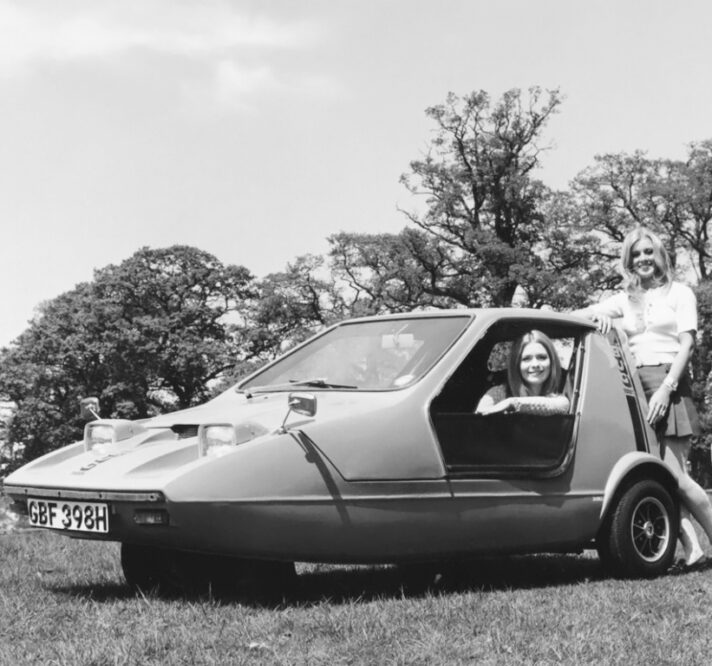
Under the skin it made use of the alloy-block four-cylinder 701cc Regal engine and four-speed manual gearbox
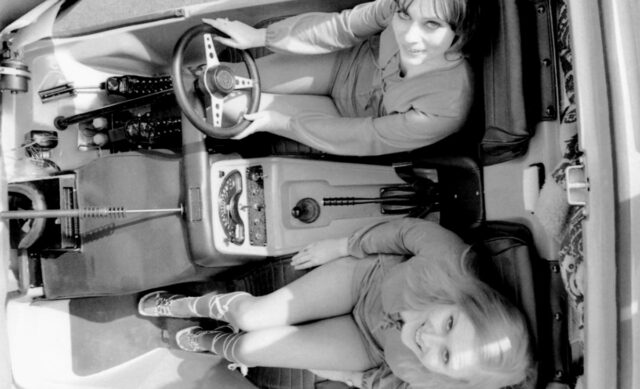
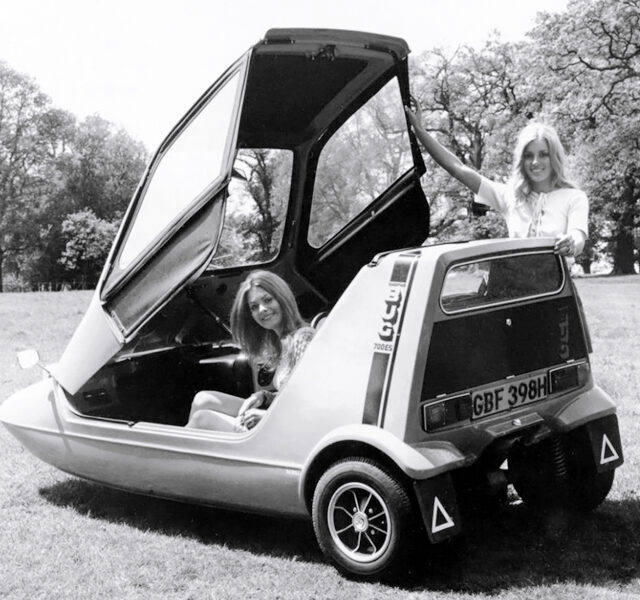
When production ended in May 1974, a mere 2268 Bugs had been produced. Although it hadn’t been a complete failure – it was well-liked by many, after all – the little car simply hadn’t taken off in the way that Reliant had hoped. A high price was a factor in the slow sales, and the lack of practicality meant it wasn’t anything more than a toy. Which, to be fair, is all it was ever meant to be. All were painted in that particularly lurid Tangerine shade, with the exception of a few white and green promo vehicles.
Thanks to its inherent quirkiness, the Bond Bug’s future as a classic was guaranteed. Always fun, they remain comparatively affordable and uncomplicated today – and the latter can mean the difference between simply owning a classic, and actually enjoying it. It’s clearly not for everyone, but not much else out there will raise quite as many smiles on a Sunday afternoon cruise. Well, except possibly that Chopper…
Common problems
• Early engines are tricky to rebuild due to poor parts supply, so many have been upgraded to the later 747cc unit. It’s the easiest way to keep a car on the road but, if the larger engine has been fitted, make sure it was done to a high standard.
• If the steering feels vague, then it’s most likely a worn box or a cracked mounting plate.
• Although the body is glassfibre, it’s reinforced internally with steel and, if the steel corrodes, it can cause the glassfibre to swell.
• The chassis is prone to rust, but this can be mended easily with repair sections or even replaced completely.
What to pay?
Feeling brave? £1500-2000 should get you into a very rough project car. You’ll need closer to £5000-6000 for a decent running car, while a mint example can cost upwards of £10,000 today. Originality isn’t necessarily a big deal, but condition and usability are what buyers want. Expect to pay a slight premium for a very original early car, or late 750 model.
